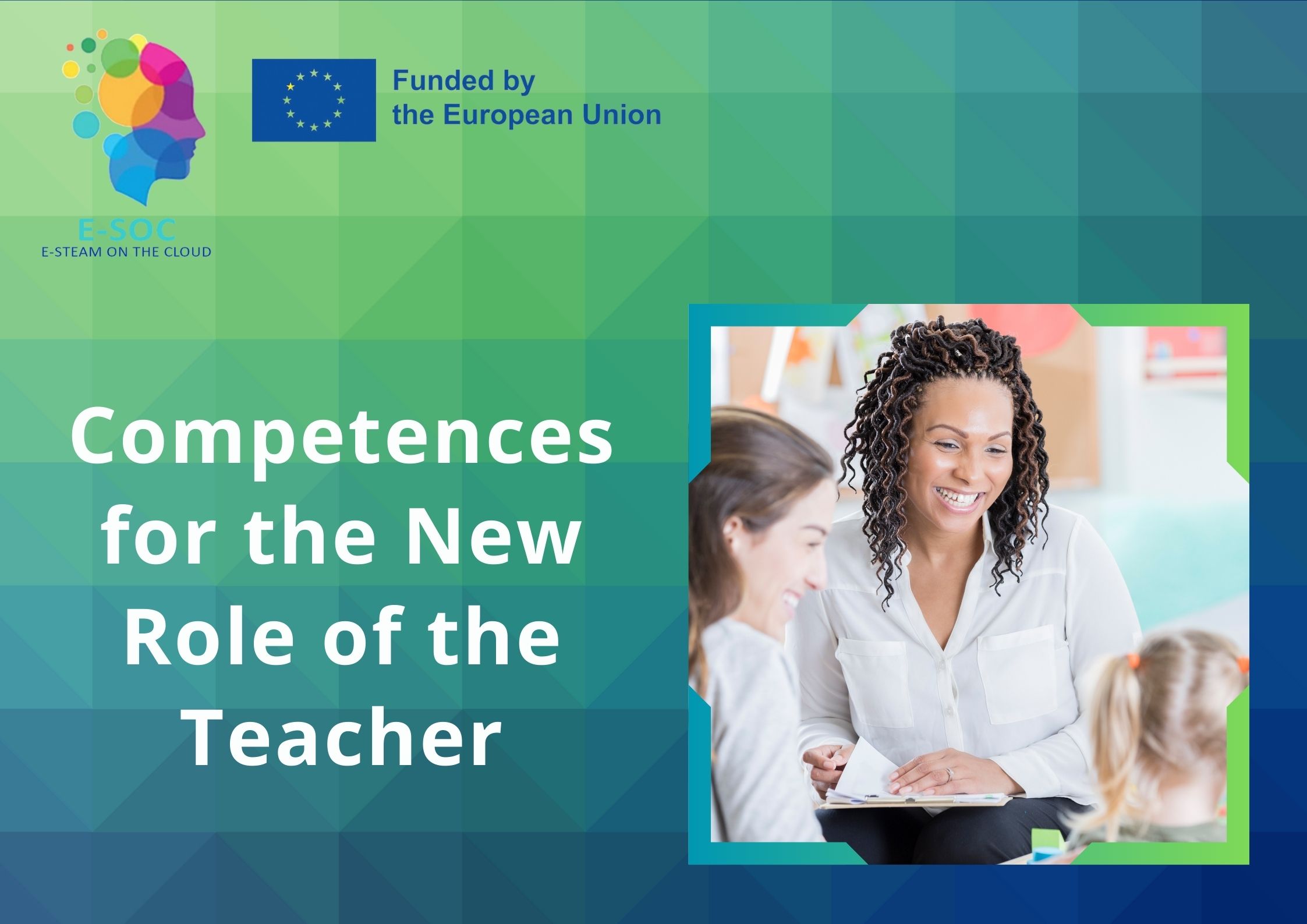
The aim is to raise teachers’ awareness of their role in a class nowadays.
However, which traits do teachers who adeptly achieve the desired learning objectives commonly share? Which are the characteristics that students respond positively to?
It is the set of actions, attitudes, and behaviors in the teaching-learning environment that results in achieving educational goals for students.
TYPE OF THE ACTIVITY:
Articles;
DURATION:
Individual study for upper-secondary teachers – all their career;
TEACHING AID:
Kay Livingstone – professor of Educational Research Policy and Practice.
Teachers have to identify their pupils’ real needs and be flexible to be able to adapt to the individual needs that the pupils/students bring to the classroom, understand their pupils as individual learners, thinking how the relationship between pedagogy and the subject content knowledge works about one another; how assessment, pedagogy and the sense of the curriculum fits together is crucial to the competences.
TEACHING PRACTICE (STEP BY STEP):
Teachers need to identify the different multicultural aspects of the classrooms across many parts of Europe now. It requires them to be able to think about the individualistic nature of some of the needs of their pupils as the classroom becomes a more complicated place. It requires them to be able to work in cooperation with people not only within the school but outside of school with parents, and with the community. They face complex needs which require adaptability and flexibility and resilience of teachers to deal with new situations.
How can teachers develop these competencies?
1. Be positive. A positive attitude toward teaching and students themselves is key to keeping them engaged and focused. Also, being enthusiastic about your subject matter motivates students to wish to learn what is interesting about it. Usually, if a teacher shows commitment and keenness, students do the same in return.
2. Be patient. Try to walk in your students’ shoes and remember that learning requires hard work.
3. Be clear. Keep the message simple and clear even if the subject matter is complex;
4. Be innovative. Being inventive in the classroom goes a long way toward keeping students on task and focused. Discover innovative teaching methods (link from sources) that fit your student’s learning needs;
5. Be flexible. An efficient teacher knows how to adapt to every student’s learning needs. Using only one teaching method is counterproductive since it might not work well for everyone;
6. Be a motivator. As a motivator, a teacher must provide encouragement and stimulation for learning;
7. Be approachable. Being approachable and easy to talk to helps break down communication barriers between an educator and their students;
8. Show your love for teaching When a teacher loves what they do it clearly shows in the classroom dynamics. As a role model that sets the tone for the class, a teacher’s attitude will reflect on their students’;
9. Admit mistakes. Admit it when you are wrong and set an example for your students. Tolerance and understanding towards one’s mistakes and others’ fosters a more empathic learning environment. Therefore, students will be no longer afraid of getting things wrong and will participate more actively.
MATERIAL:
Download/print this plan for the activity (pdf).
SOURCES:
Competences for the New Role of Teacher:
How teachers can improve their performance in the classroom:
https://www.teacheracademy.eu/blog/improve-teacher- performance/#what-makes-an-effective-teacher
Innovative teaching methods:
https://www.teacheracademy.eu/courses/school-innovation/
